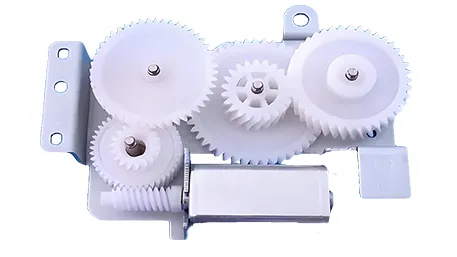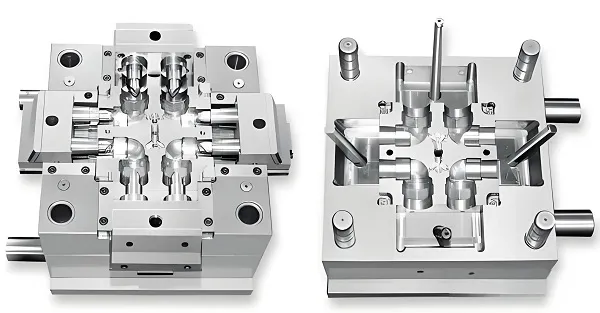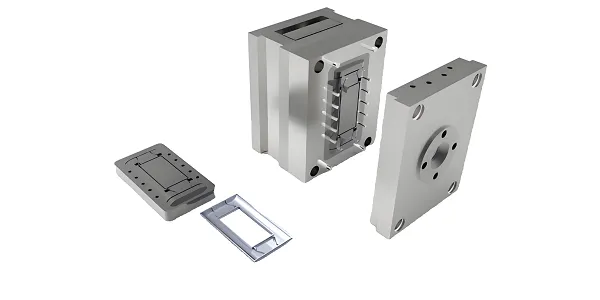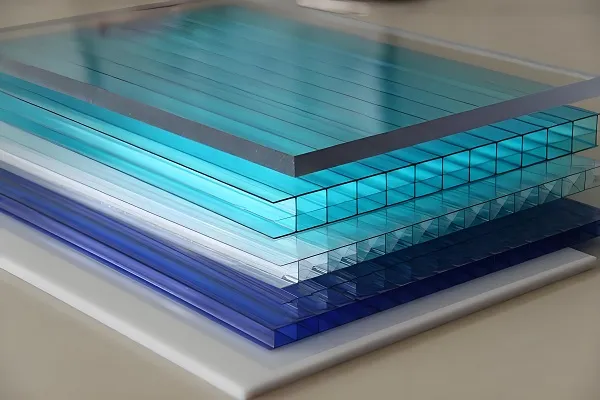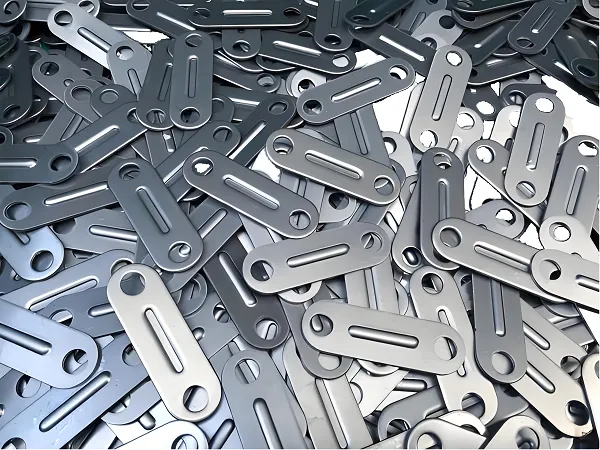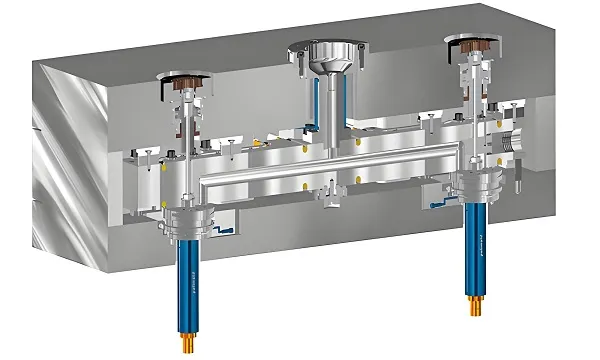In the manufacturing field of injection molding, the selection and design of the mold is critical. The material at the heart of the mold often determines its performance, longevity, and cost. So what metals are used in injection molds? This article will explore this issue in depth, and through the question and answer format, for you to reveal the mystery of injection mold materials.
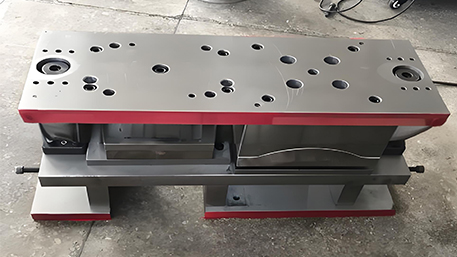
Overview of commonly used metals for injection molds
Commonly used metals for injection molds include steel and aluminum. These two materials have their own characteristics and are suitable for different production scenarios and needs.
1. Steel Injection Molds
Q: Why are steel molds favored?
A: Steel molds are highly respected for their high strength, high hardness and good wear resistance. During the injection molding process, molds need to withstand the high pressures and temperatures of molten plastic, and steel is well suited to meet these requirements. In addition, steel molds usually have a longer service life and are suitable for mass production.
Q: What is the cost of steel molds?
A: The conventional wisdom is that steel molds cost more. However, this is not absolute. There are many different types of steel, and different grades of steel differ in performance, price and processing difficulty. Therefore, when choosing a steel mold, you need to weigh the specific needs.
2. Aluminum Injection Molds
Q: What are the advantages of aluminum molds?
A: Compared to steel molds, aluminum molds have a lighter weight, good thermal conductivity and lower processing costs. This allows aluminum molds to excel in quick mold changeovers, reduced energy consumption and increased productivity. In addition, aluminum molds have shorter processing cycles, making them suitable for low volume production and prototyping.
Q: What is the life expectancy of aluminum molds?
A: Aluminum molds typically have a shorter life span because they are not as hard and wear resistant as steel. However, with advances in aluminum alloy technology and improved machining processes, the life of modern aluminum tooling has been significantly improved. In some cases, aluminum molds can even achieve a lifespan comparable to that of steel molds.
3. Detailed Comparison of Steel and Aluminum Alloys
Q: What is the difference in hardness between steel and aluminum alloys?
A: Steel is typically harder than aluminum. This makes steel molds more stable when subjected to high pressures and temperatures, and more resistant to wear and tear. However, higher hardness also means that steel is more difficult and costly to machine.
Q: What is the machinability of steel versus aluminum alloys?
A: Aluminum alloys have better machinability than steel. Aluminum alloys are easy to cut, drill, and weld, which results in shorter cycle times and lower costs for aluminum molds. In addition, aluminum alloys have better thermal conductivity, which helps dissipate heat quickly, lowering mold temperatures and increasing productivity.
Q: How does steel compare to aluminum in terms of die life?
A: Steel typically has a longer mold life. However, this does not necessarily mean that aluminum molds have a short life. Die life depends on a variety of factors, including material selection, design rationality, machining accuracy and usage conditions. In the correct use and maintenance, aluminum molds can also achieve a long life.
4. The influence of mold manufacturing method
Q: How does the mold manufacturing method affect the material selection?
A: The manufacturing method of the mold has an important impact on its material selection. For example, Electrical Discharge Machining (EDM) and Computer Numerical Control (CNC) machining are two commonly used mold manufacturing methods. EDM is suitable for machining mold parts with complex shapes and precise dimensions, while CNC machining is more suitable for mass production and rapid machining. Different processing methods have different requirements for material hardness, electrical conductivity and processing performance.
5. Interaction between mold design and material selection
Q: How to consider material selection in mold design?
A: Material selection is a crucial aspect in mold design. Designers need to choose the right material according to the shape and size of the product, production lot and cost budget. For example, for products with complex shapes and high dimensional accuracy requirements, it may be necessary to choose steel with higher hardness and better machinability; while for products with small production batches and the need for quick mold changes, it may be more appropriate to choose aluminum alloy.
Conclusion
In summary, the material selection of injection mold is a complex and important process. Steel and aluminum alloy each have their own unique advantages and limitations. When making the selection, factors such as product demand, production cost, processing cycle and mold life need to be considered. In addition, as new materials and technologies continue to emerge, material selection for injection molds will continue to evolve and innovate. Therefore, it is crucial for practitioners in the injection molding industry to stay on top of and learn from new technologies and materials.

